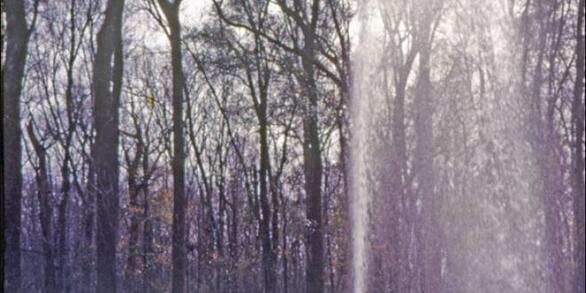Data
Publicly Accessible
We are committed to providing data and information to the public.
Reliable
Our data are collected following rigorous quality control standards.
Unbiased
The USGS has a non-regulatory mission.
Long-standing
Our water monitoring network is over 100 years old in many parts of Washington State.
The USGS Washington Water Science Center currently operates over 380 data-collection sites in Washington. The sites collect surface water, groundwater, water quality and meteorological data that are available in real time. Current and historic data can be retrieved from the National Water Information System (NWIS) database and the National Water Dashboard.




